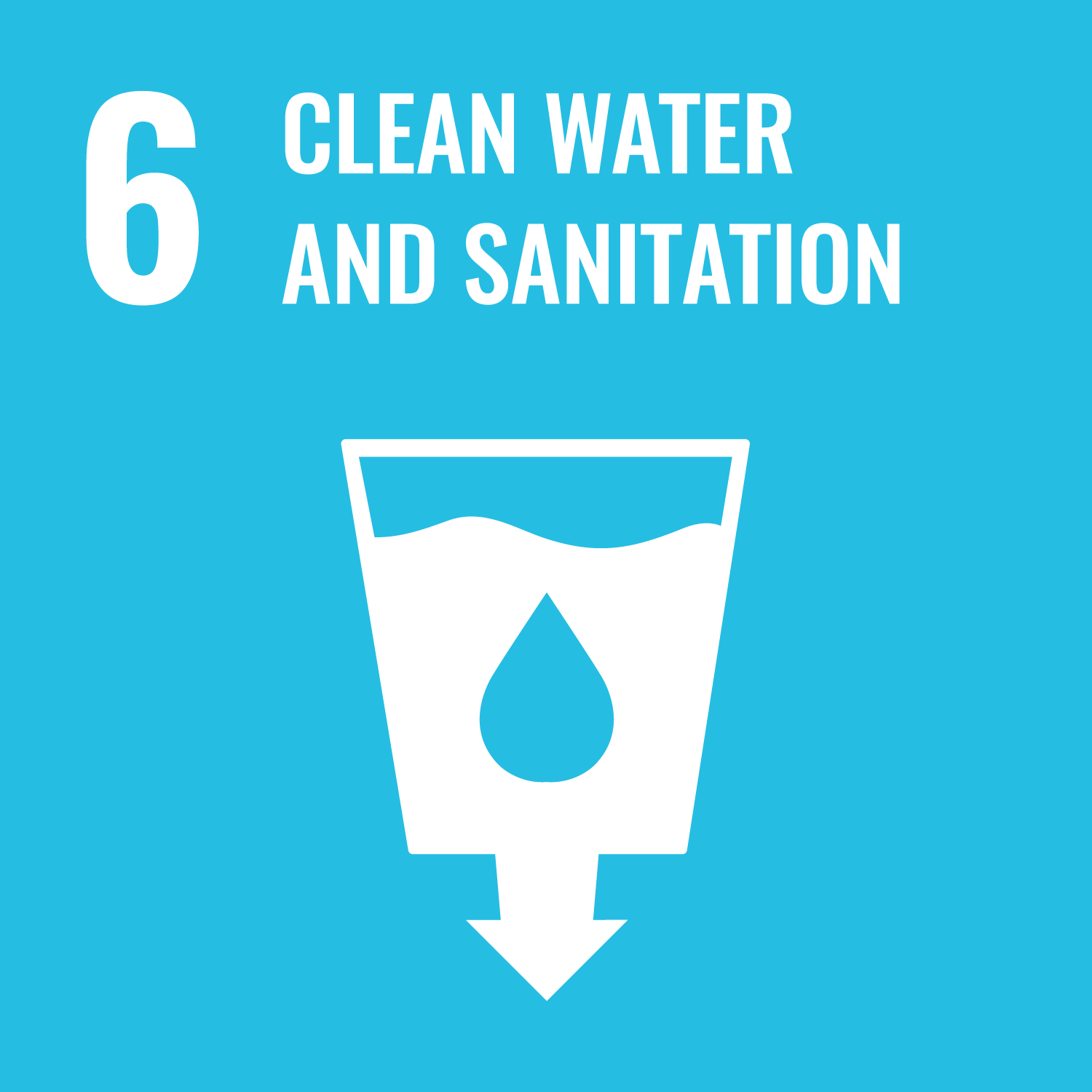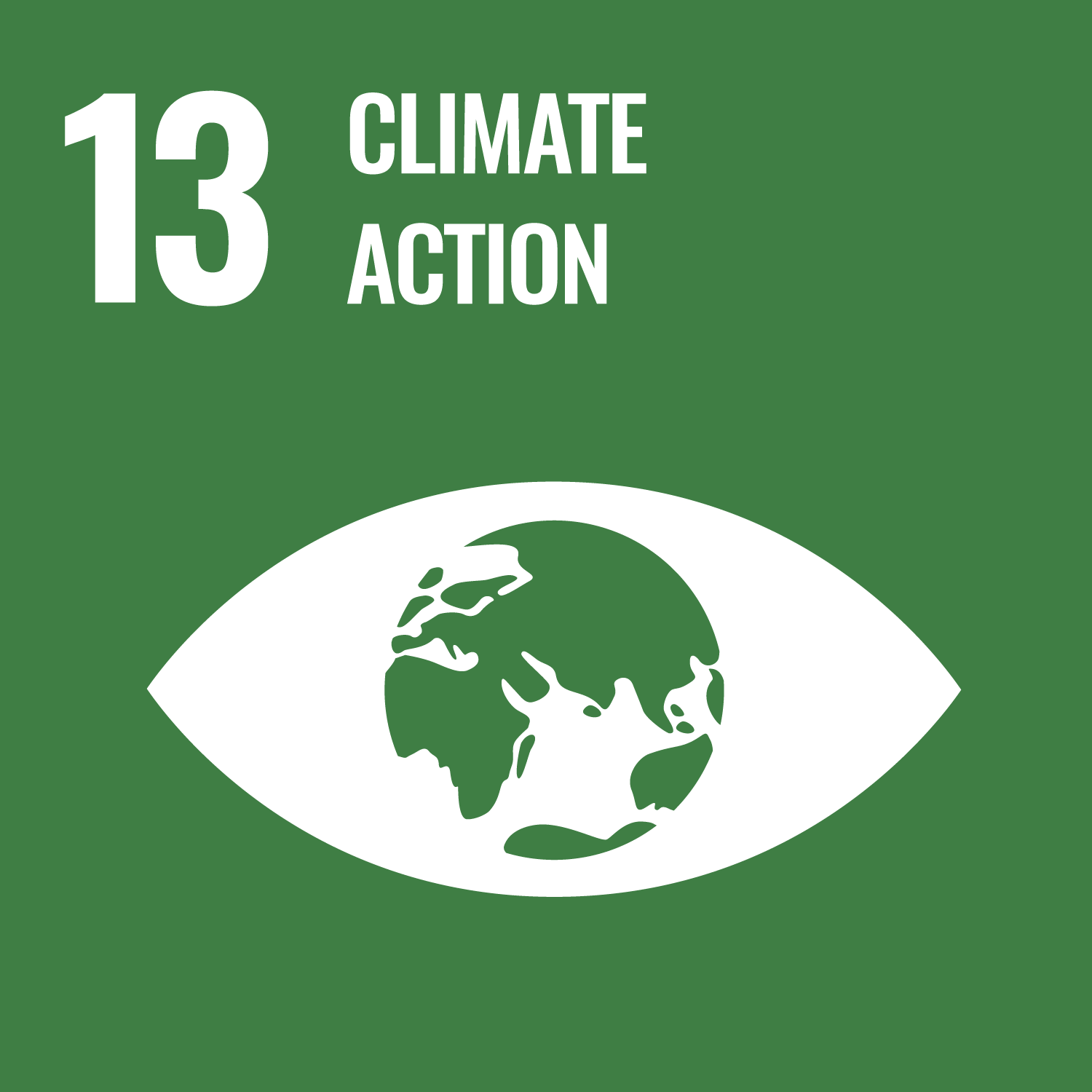This course aims to develop the ability to view the global aquatic environment as a system consisting of water, energy, and
material flow and to model natural phenomena related to the aquatic environment using mathematical formulas. In the first
half of the lecture, students will acquire basic knowledge of hydrology, such as describing the flow of water and energy,
the basic laws, and how to model the water cycle. In the second half of the lecture, students learn how to solve differential
equations of mathematical models analytically and numerically, respectively, using the phenomenon of runoff from rainfall
as a concrete example, and learn techniques to predict the water cycle by utilizing numerical models.
Students acquire the ability to understand the environmental phenomena as an environmental system, to describe the system
as a mathematical model (differential equation) , and to solve the equation and predict the change in the environment.
- To obtain the ability to describe the phenomena related to environment around us as an environmental system using the physical laws, conservation, movement, and state equations.
- To obtain the ability to explain the mathematical models with physical quantity considering its dimension.
- To obtain the ability to understand the differential equation and to solve it through analytical and numerical methods.
| Class schedule | HW assignments (Including preparation and review of the class.) | Amount of Time Required | |
|---|---|---|---|
| 1. | Concept of Environmental System ・Hydrologic Cycle / Matter Flow / Energy Flow ・Quantitative and Qualitative Understanding |
[Review] Read the syllabus and understand the outline of the lecture. | 90minutes |
| 2. | Description of Environmental System (1) ・Physical quantity and dimension ・Physical quantity and unit system |
[Review] Understand the concept of dimension and the conversion of unit system for physical quantity. | 90minutes |
| 3. | Water and energy cycle system (1) ・Water balance of river system ・Summary of water balance |
[Review] Read the material and review the hydrologic cycle of river basin. | 90minutes |
| 4. | Water and energy cycle system (2) ・Energy flow system of the earth ・Earth - Sun system |
[Review] Read the material and review the light, heat and energy that you learned from the lecture, "Introduction to Environmental Science “, in the first grade. | 90minutes |
| 5. | Water and energy cycle system (3) ・Earth - Atmosphere - Sun system ・Greenhous effect |
[Review] Read the material and review the greenhouse effect that you learned from the lecture, "Introduction to Environmental Science “, in the first grade. | 90minutes |
| 6. | Summary of the lecture | [Review] Read the material and note and understand the first half of the lecture | 90minutes |
| 7. | Basics of an Environmental System Model - Basic of conceptual model - Tank model |
[Review] Read the material and review calculus that you have learned in high schools. | 90minutes |
| 8. | Solutions of Ordinary Differential Equations (1) ・Basics of Tank Model |
[Review] Read the material and deeply understand the finite difference method. | 90minutes |
| 9. | Solutions of Ordinary Differential Equations (2) ・Mathematical characteristics of Tank Model ・Analytical solution of Tank Model |
[Review] Read the material and review how to solve the Tank Model equation numerically. | 90minutes |
| 10. | Solutions of Partial Differential Equations (1) - Differentiation of partial differential equation - Major source of errors |
[Review] Read the material and review the differentiation of partial differential equation | 90minutes |
| 11. | Solutions of Partial Differential Equations (2) - Differential solution of the thermal diffusion equation |
[Review] Read the material and deepen the understanding of a differentiation of partial differential equation | 90minutes |
| 12. | Solutions of Partial Differential Equations (3) ・Accuracy and stability ・Explicit and implicit solutions |
[Review] Read the material and review the accuracy and error of numerical simulations | 90minutes |
| 13. | Summary of Environmental System Models - Review of all the contents of environmental system models |
[Review] Read the material and organize the content of the whole lecture. [Review] Read the materials and review the examples of environmental system models. |
90minutes |
| 14. | Summary of the lecture - Review all the content of the lecture |
[Review] Read material and note, understand whole lecture contents and prepare for the final exam | 120minutes |
| Total. | - | - | 1290minutes |
| quiz | mid exam | final exam | Total. | |
|---|---|---|---|---|
| 1. | 10% | 15% | 15% | 40% |
| 2. | 10% | 15% | 15% | 40% |
| 3. | 0% | 10% | 10% | 20% |
| Total. | 20% | 40% | 40% | - |
[Evaluation method]
Your final grade will be calculated according to the following process: quiz (50%, occasionally given), report (10%) and final exam (40%).
To pass, students must earn at least 60 points out of 100.
[Evaluation criteria]
The criterion for passing the course (60%) is an understanding of analytical and numerical methods for solving differential equations in numerical models, and an approximate understanding of techniques for predicting the water cycle using numerical models.
Your final grade will be calculated according to the following process: quiz (50%, occasionally given), report (10%) and final exam (40%).
To pass, students must earn at least 60 points out of 100.
[Evaluation criteria]
The criterion for passing the course (60%) is an understanding of analytical and numerical methods for solving differential equations in numerical models, and an approximate understanding of techniques for predicting the water cycle using numerical models.
- I welcome questions after each lecture.
Office hour: lunch time on Thursday (please be informed in advance)
- Course that cultivates an ability for utilizing knowledge
| Work experience | Work experience and relevance to the course content if applicable |
|---|---|
| N/A | N/A |


- 6.CLEAN WATER AND SANITATION
- 13.CLIMATE ACTION
Last modified : Sat Oct 07 04:07:33 JST 2023

